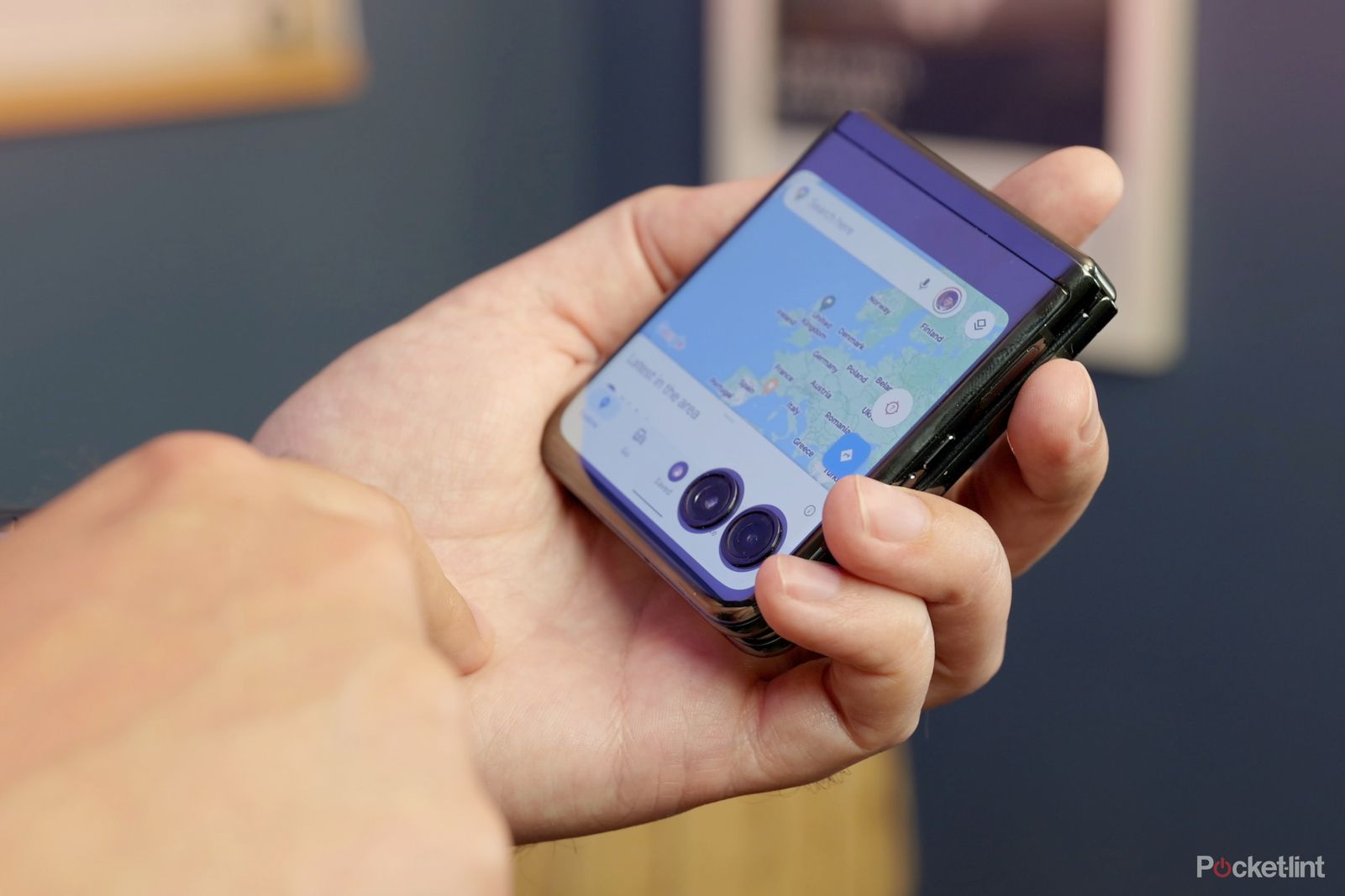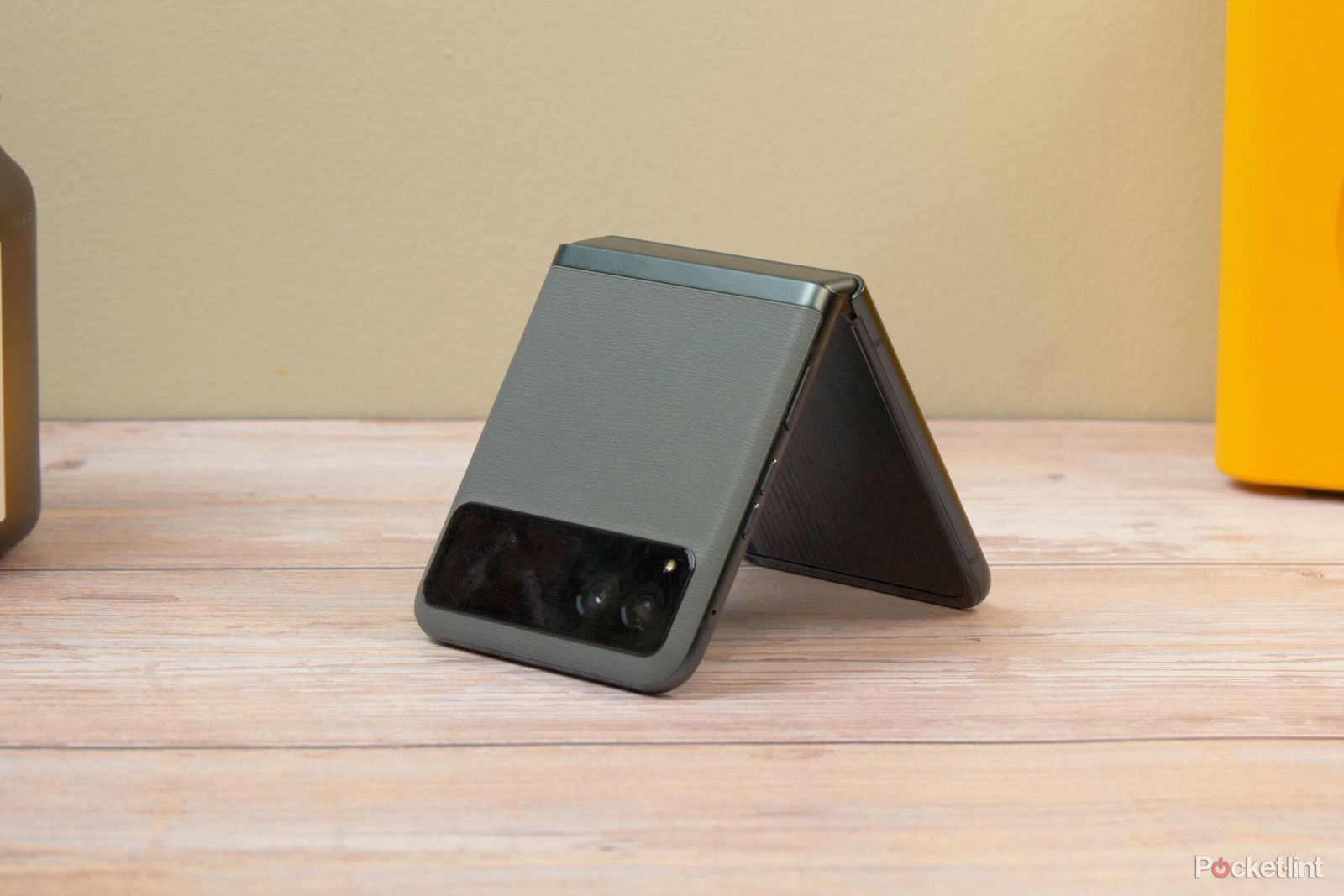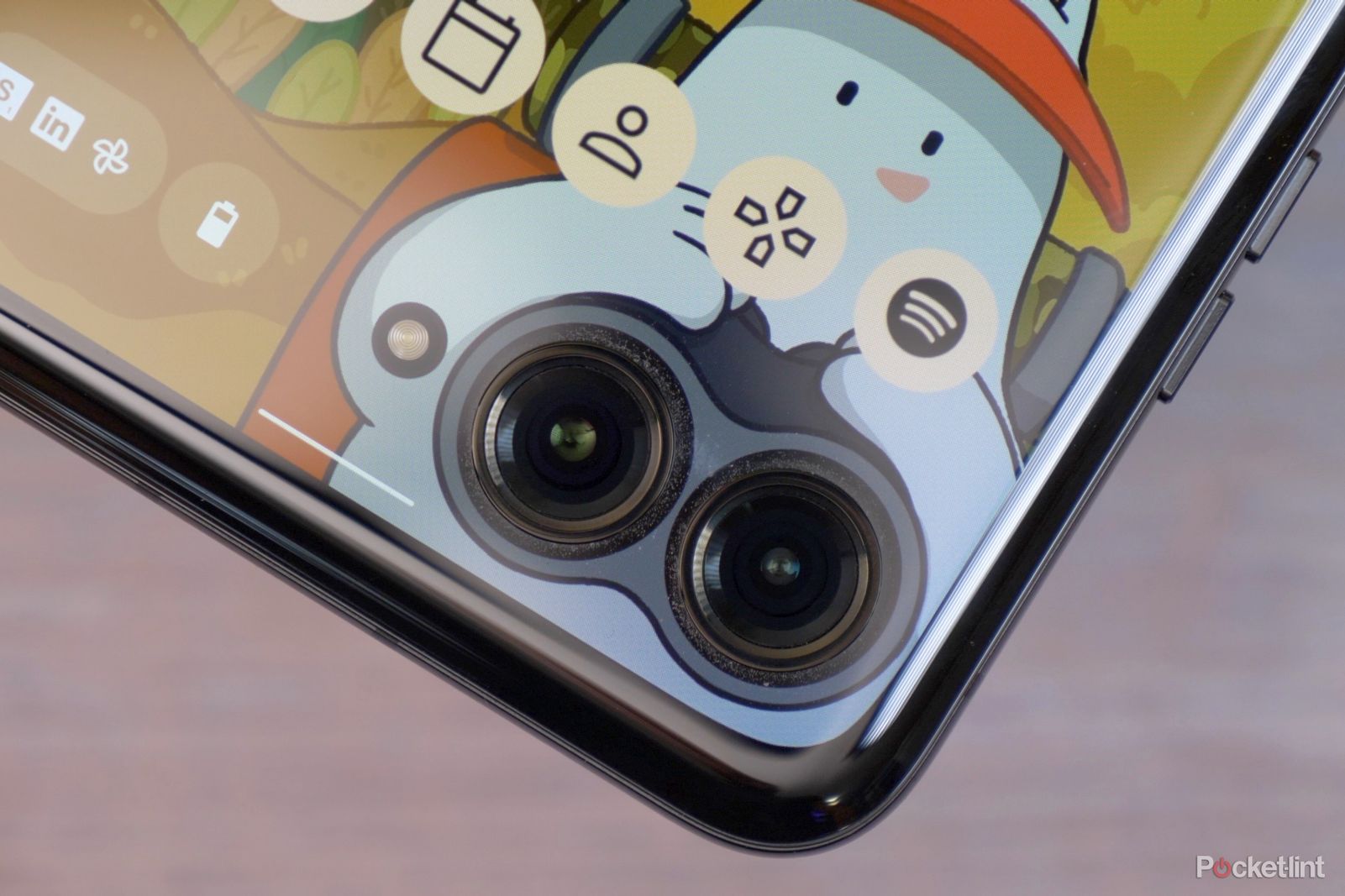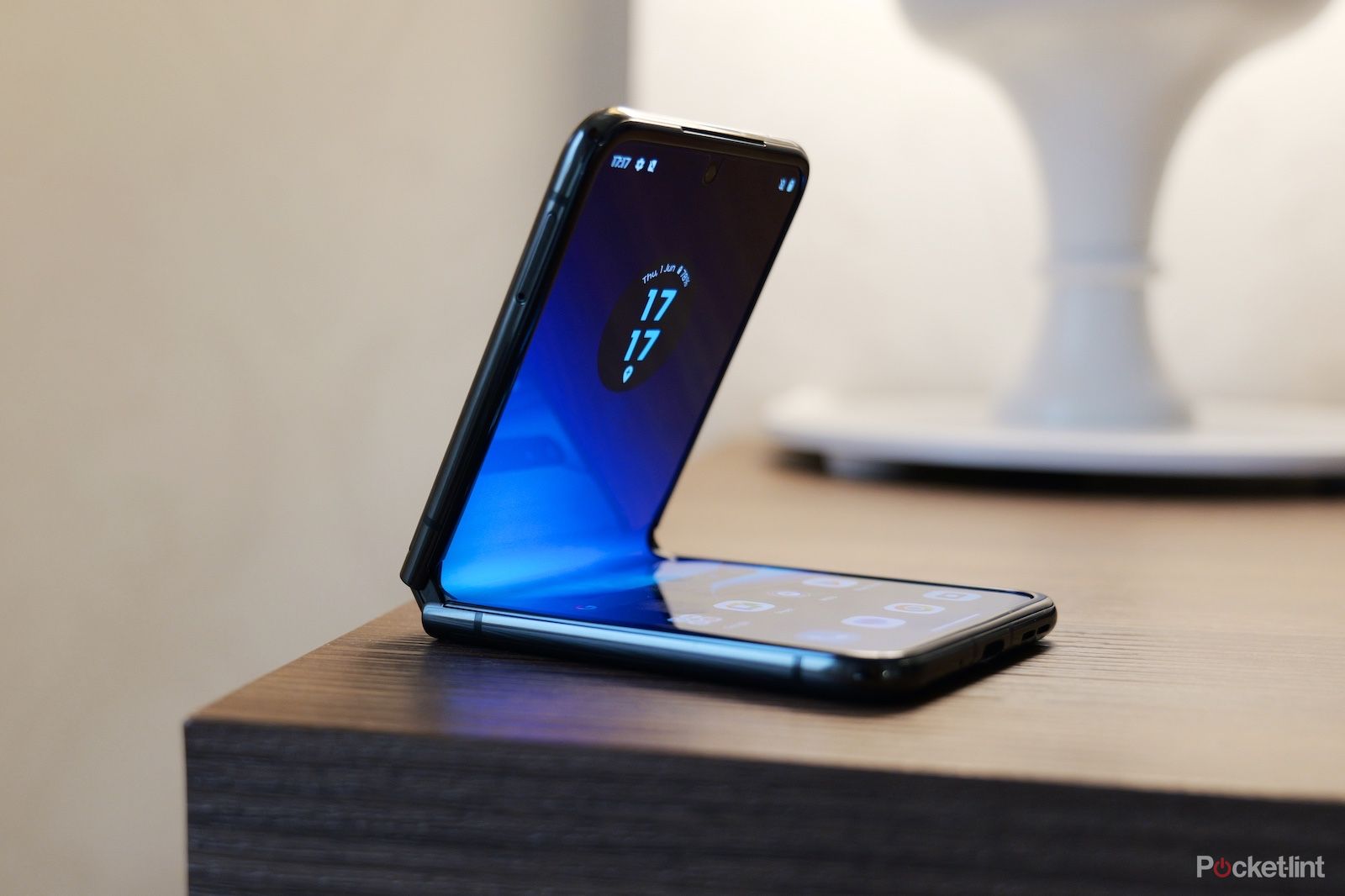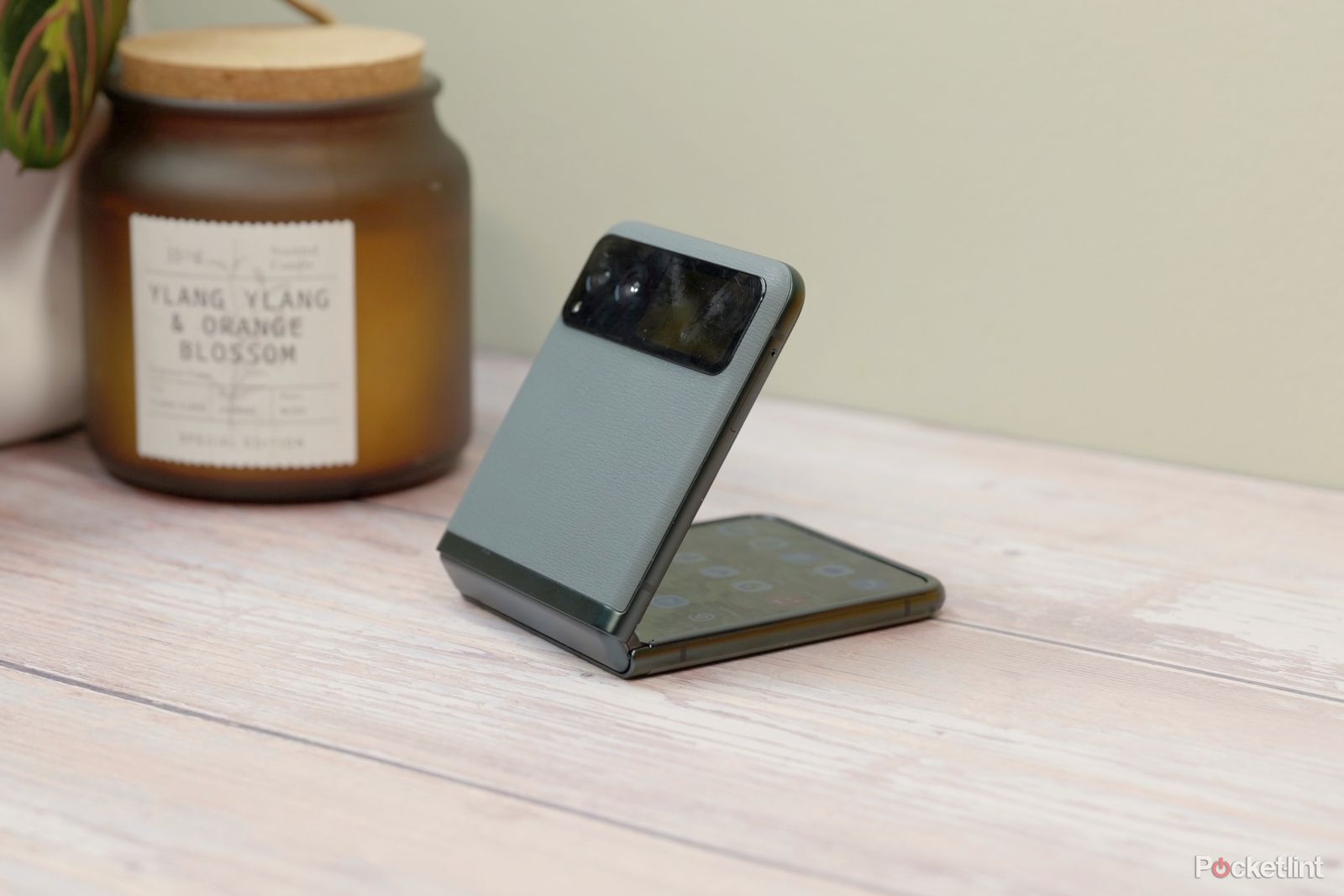-
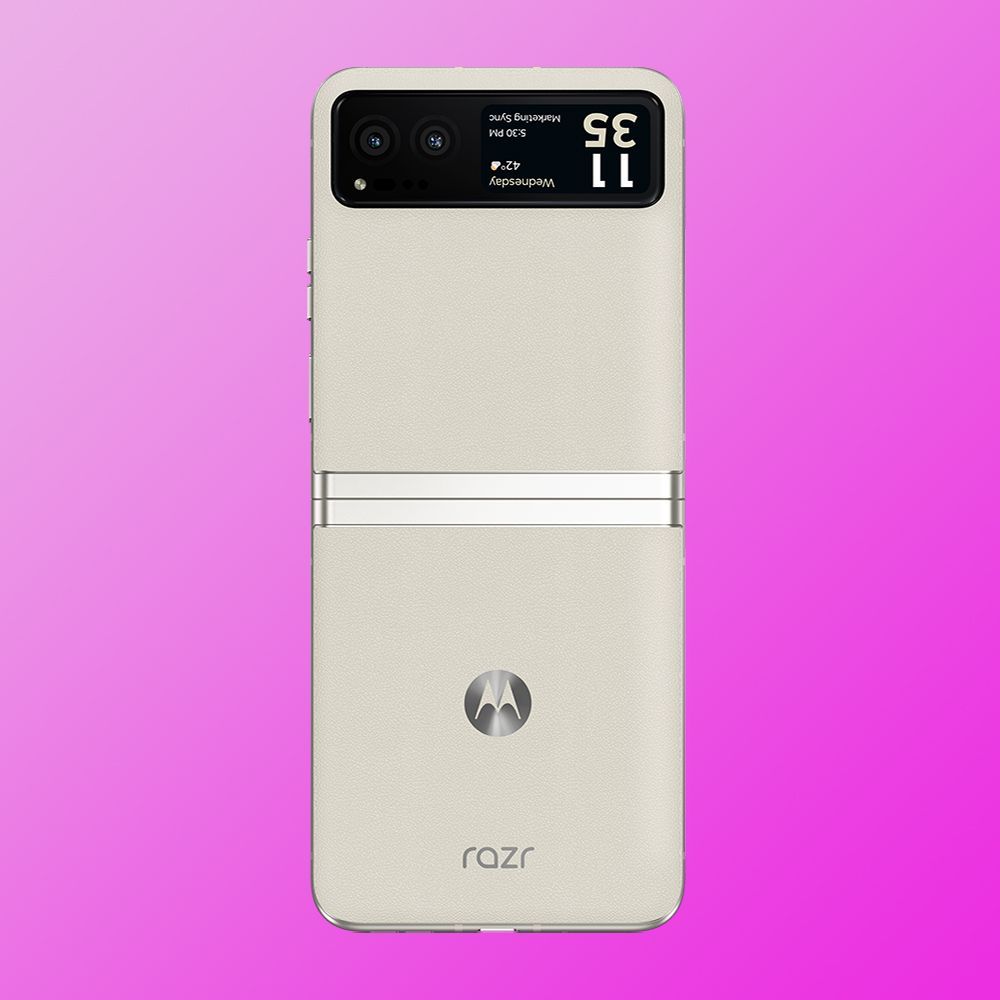
Motorola Razr 40
Best value$600 $700 Save $100The Motorola Razr 40, which is also known as the Razr 2023 in the US, has been introduced as a more affordable alternative to Motorola's flagship 2023 flip phone. It has a significantly smaller outer display, and a slower processor, but a larger battery and higher resolution camera. At this price, it's very tempting.
-

Motorola Razr 40 Ultra
Best performance$800 $1000 Save $200The Motorola Razr 40 Ultra (Razr+ in the US) is the true successor to the 2022 Razr. It has the biggest outer display we've seen so far. So large, in fact, that it even encircles the rear cameras. It's the more powerful of the two, with a Snapdragon 8+ Gen 1 onboard, but elsewhere the differences aren't as clean-cut.
2023 has been a great year for foldable phones and two of the most exciting models come courtesy of Motorola. Internationally, they're dubbed the Razr 40 and Razr 40 Ultra, however, they're also available in the US under different names.
In the States, they're known as the Motorola Razr 2023 (that's the cheaper one) and Motorola Razr+ 2023. This makes things a little confusing, so to keep things simple, we'll be sticking to the global/European naming scheme for the purposes of this article.
One of the standout features is the gigantic new exterior display on the Razr 40 Ultra, but the standard Razr 40 is exciting in its own right, launching as the cheapest clamshell foldable that we've seen so far.
Specs, price and availability
The Razr 40 and Razr 40 Ultra were announced on June 1 2023. The Razr 40 Ultra was available to purchase in Europe from the start and arrived in the US at the end of June. The standard Razr 40 also launched in June, at least in Europe, whereas American Moto fans had longer to wait. Now, though, it has finally been made available to pre-order, and it'll go on general sale on October 20 2023.
The Razr 40 costs only $699 / £799, undercutting devices like the Oppo Find N2 Flip. The Razr 40 Ultra goes in the opposite direction, with a £999 / $999 MSRP that puts it toe-to-toe with Galaxy Z Flip 4.
-
Motorola Razr 40 Motorola Razr 40 Ultra SoC Snapdragon 7 Gen 1 Sanpdragon 8+ Gen 1 Display 6.9-inch inner, 1.5-inch outer 6.9-inch inner, 3.6-inch outer RAM 8GB LPDDR4X 8GB / 12GB LPDDR5 Storage 256GB UFS 2.2 256GB / 512GB UFS 3.1 Battery 4200 mAh 3800 mAh Operating System Android 13 Android 13 Front camera 32MP 32MP Dimensions 73.9 x 170.8 x 7.3mm (open) 73.9 x 170.8 x 6.9mm (open) Colors Sage Green, Summer Lilac, Vanilla Cream Infinite Black, Glacier Blue, Viva Magenta Weight 188.6g 188.5g IP Rating IP52 IP52
Design and displays
The Razr 40 Ultra has a striking outer display that encircles the rear cameras. At 3.6 inches, it's the largest outer display we've seen on a flip phone and the first time we've seen such a large punch-hole cutout. It's a very unique and exciting look.
The Razr 40 is more subdued by comparison, only featuring a small outer display. It's 1.5 inches in size, making it slightly smaller than the one found on the Galaxy Z Flip 4. Just enough to check the time and your notifications, and not much else.
The inner folding displays are the same size on both devices, measuring at 6.9 inches, a slight step up from the Razr 2022. Both models have a 2640x1080 resolution (FHD+) and a 144Hz refresh rate. The peak brightness is a lovely and bright 1400 nits.
The Razr 40 Ultra is available in Infinite Black, Glacier Blue and Viva Magenta. The black and blue options have Gorilla Glass Victus on the front and rear, while the Viva Magenta option has a vegan leather back, and Gorilla Glass Victus on the front.
The Razr 40 is available in Sage Green, Summer Lilac and Vanilla Cream colourways. All variants feature a vegan leather finish on the front and rear panels.
Hardware
The hardware specifications differ quite significantly across the two models, the biggest difference, when it comes to performance, is the SoC used in each model. The Razr 40 has a mid-range Snapdragon 7 Gen 1 processor, while the Ultra has last year's flagship chip, the Snapdragon 8+ Gen 1.
This means that, if you like to use your phone for intensive tasks, like gaming and video editing, you'll want to go for the Ultra, as it offers far superior performance compared to the humble Snapdragon 7 Gen 1.
Elsewhere you'll get 8GB of RAM on the standard model, along with 256GB of storage. The Ultra is available with either 8GB or 12GB of RAM and 256GB or 512GB of storage. The memory and storage are faster on the Ultra, too, as it uses LPDDR5 and UFS 3.1, compared to LPDDR4X and UFS 2.2 on the Razr 40.
Battery size is another area of differentiation. Surprisingly, the lower-cost Razr 40 has a larger battery pack than the Ultra, coming in at 4200 mAh, compared to 3800 mAh. This means that, if battery is a large concern, you'll be best off with the Razr 40 as the larger pack and weaker processor should allow it to last substantially longer on a charge.
Speaking of charging, both models offer the same charging options. You'll get 33W speeds with a wired charger or 5W with a wireless charger.
Cameras
The Razr 40 Ultra features a 12MP main camera with a f/1.5 aperture and OIS along with an f/2.2 13MP ultra-wide/macro combo. Around the front, you get a 32MP punch-hole selfie snapper.
The ultra-wide and selfie cameras seem to be the same on both models but surprisingly, the cheaper Razr 40 has a higher resolution main shooter. It comes in at 64MP with an f/1.7 aperture and OIS.
However, as we've learned many times, the megapixel count isn't everything. Often it's better to have fewer, larger, pixels as it will help with low-light performance and won't have to rely on pixel binning - this seems to be the case with the Razr phones. Motorola says the 12MP camera on the Razr 40 Ultra has a higher quality sensor, and of course, larger photosites, since there are less of them.
In our testing, we weren't blown away by the camera system on either of these phones, but we thought the Razr 40 Ultra images looked better across the board, if only slightly. It's also worth noting that the Ultra allows for higher framerates in video, going up to 4K60 compared to 4K30 on the standard Razr 40.
Conclusion
If you're looking for performance and style, we think the Razr 40 Ultra is the way to go. Not only does it have a much more powerful processor at its core, but it also boasts a massive exterior display that's both useful and stylish.
However, that doesn't mean that the standard Razr 40 should be overlooked, it has plenty to offer on its own. It has a larger battery capacity, a higher-resolution main camera and an exceptionally low price tag for a foldable device. If you don't need all the processing power and aren't swayed by the flashy external screen, it could be the right choice for you.
Both phones are excellent options, and we're happy to see continued innovation and competition in the clamshell foldable space. With phones this impressive coming at such low price points, the future's looking bright for flip phones.

